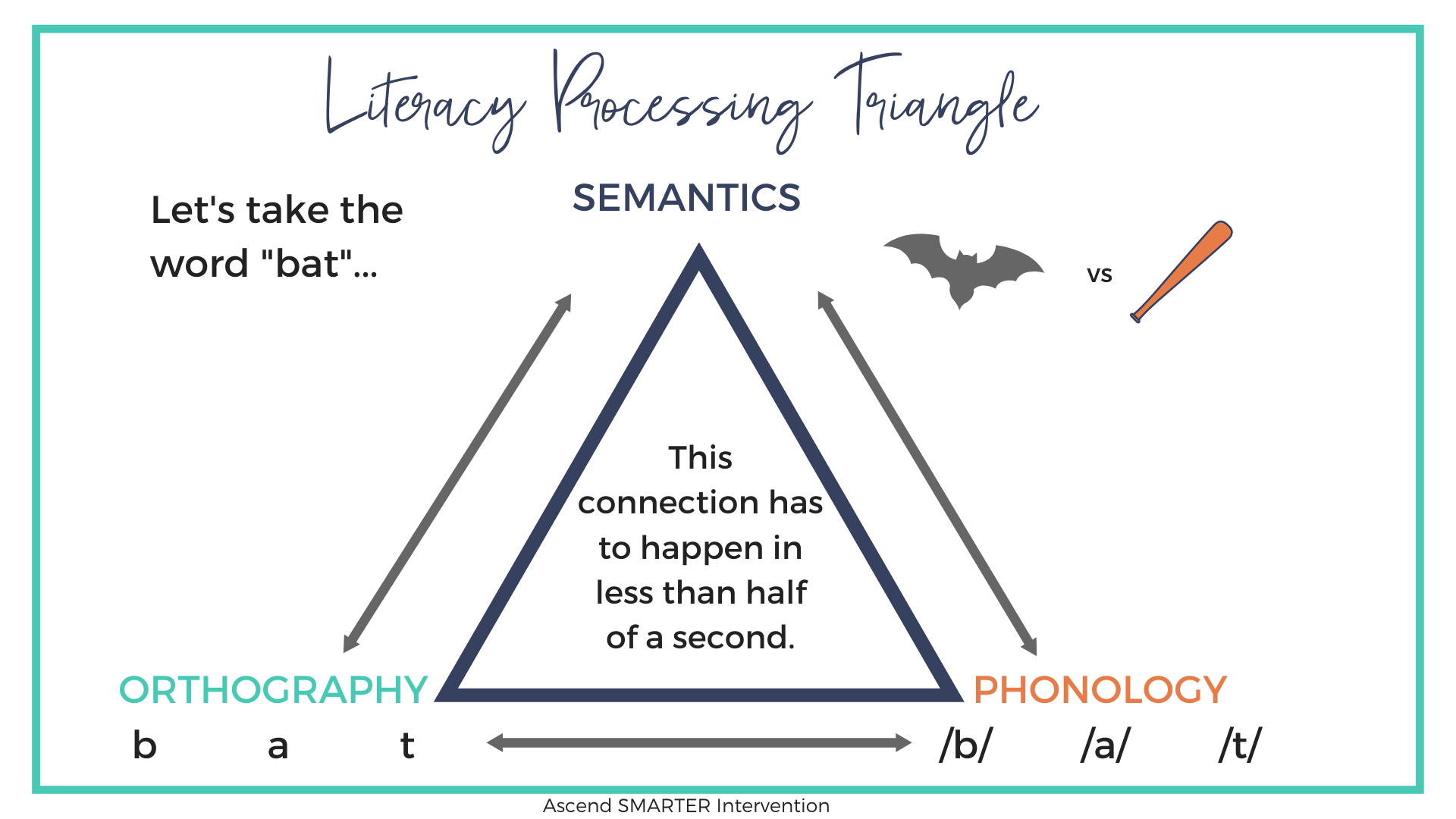Why the Auditory Drill is a Crucial Part of your Lesson
Is this crucial part of your lesson getting overlooked?
Since this lesson component only takes a few minutes and is so similar to the sound drill, it often gets overlooked. This critical piece is the Auditory Drill.
So what exactly is the auditory drill, and why is it so important?
THE AUDITORY DRILL IS THE OPPOSITE OF THE SOUND DRILL.
The sound drill (also known as the phonogram drill) is when you show a student a letter and the student has to immediately produce the sound that letter makes. We complete this in every lesson before asking students to read. For more information about the sound drill, click here.
The auditory drill is the reciprocal process to the sound drill. In this drill, the instructor will produce a sound and the student is tasked with providing what letter (or letters) make that sound. For example, if the prompt was “what says /m/?” the student would have to write down or identify the letter ‘m.’
The auditory drill and the sound drill sound so similar. Why can’t I just do one of them?
While the auditory drill and the sound drill are similar, they work on reciprocal processes. They support the connection between the orthographic and phonological processors in the brain, however, the sound drill moves from orthography (visuals) to phonology (sound), and the auditory drill starts with the sounds and moves to the visuals.
In other words…
THE SOUND DRILL PRIMES THE STUDENT’S BRAIN FOR DECODING.
When a student is tasked with seeing a letter and producing the sound, this is warming the brain up to read. When we read, we see letters strung together and have to recognize what they say.
THE AUDITORY DRILL PRIMES THE STUDENT’S BRAIN FOR ENCODING.
When a student is asked to spell, they have to hear the word (out loud or in their head), break it into individual sounds, and produce what letter makes that sound. It is the reciprocal process of decoding and requires a different connection in the brain.
How do I incorporate the auditory drill into my lessons?
We always do the auditory drill right before our spelling tasks. That way, students “warm up” and have just practiced the skills needed to spell. We often hear of people who will complete it right after the sound drill as they are similar tasks, but we really recommend completing the sound drill prior to reading and the auditory drill prior to spelling.
Other tips for doing the auditory drill…
The auditory drill is building up your student’s sound-symbol knowledge. As students progress through their lessons and learn more phonograms, this task should progressively get harder. For example, when a student is starting out and learning their letter sounds, the only letter they should be responsible for tying to the sound /j/ is ‘j.’ However, as they learn more, eventually they should be able to tell you that ‘dge’ also says /j/. We only expect students to know sounds that they have already been explicitly taught.
HOW CAN I USE THE AUDITORY DRILL AS A REVIEW OPPORTUNITY?
As students move through their lessons, we use the auditory drill to review previously learned concepts. If it has been several weeks since the student learned that ‘ck’ says /k/, we add it to our auditory drill. Additionally, if we notice that our student is consistently misspelling words with the ‘oi’ pattern, we add the /oi/ sound into our auditory drill. This is a great opportunity to review phonograms that the student has previously learned.
To wrap it up, we practice the auditory drill in every lesson before we do our spelling tasks.
To see this task in action, check out our video where Mikayla and Ryan complete the auditory drill. It also has a bonus point about how to turn the auditory drill into a working memory game.
If you are ready to add this drill to your teaching, then check out the grapheme magnet set using the button below. You can use this resource as a part of the auditory drill. It helps to build an understanding of syllable types and word structure for students using a color-coding strategy.


